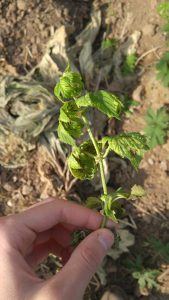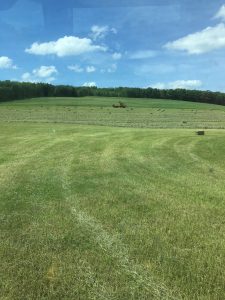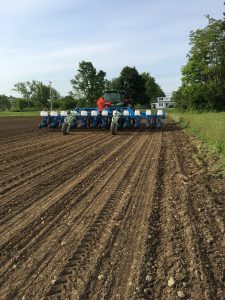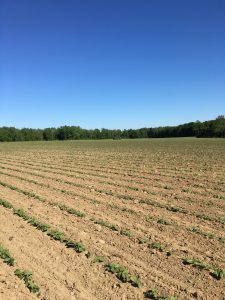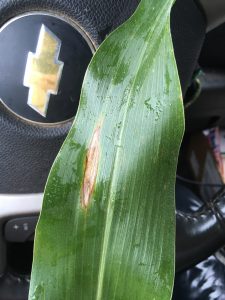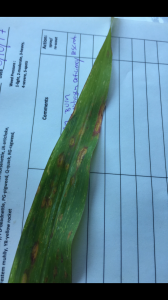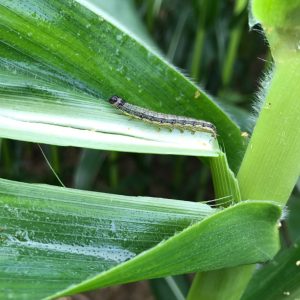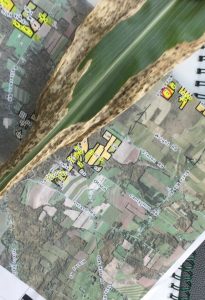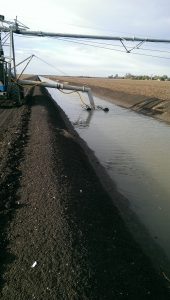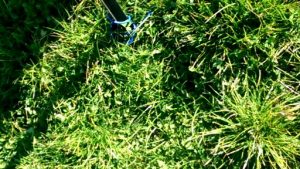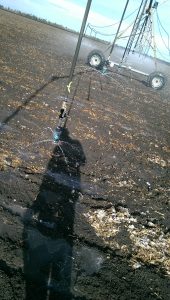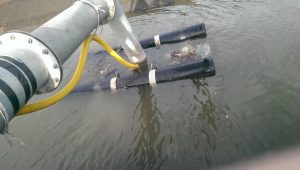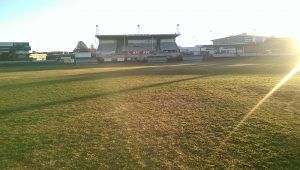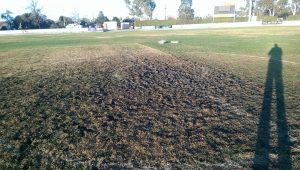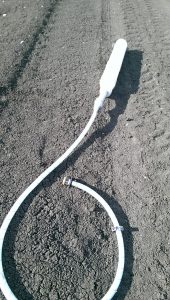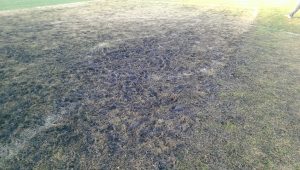Hey everyone, I’m John Harvey, an Agricultural Sciences major. I would like to talk about my first weeks as an intern with the Nutrient Management Spear Program.
Honestly, I had never worked outside of the family farm for the summer. I previously would be on the farm in an environment that I had been accustomed to being in. Same people. Same location. The day I first arrived at Morrison Hall, I was caught in a whirlwind. Not a person that I had ever seen before. Reality hit me of how much of a different setting this was from what I had been used to. I realized how little I knew about data collection and precision Ag. I knew from then on what it would take to help the program in as many ways as possible.
From soil sampling to flying drones, there is always something to do. Everyday there are hands on learning experiences. Somehow, I am able to manage the many tasks that I have to do within the program. Most importantly, the major benefits of being part of the NMSP is the people.
It is an honor to work with this team. We share common goals and interests. I realize good laughs is the way to form close bonds between one another. Everyday, I look forward to what not only the NMSP has to offer me, but what I have to offer the NMSP.











